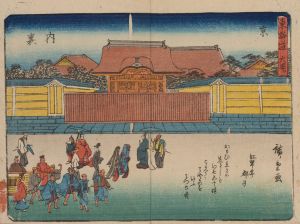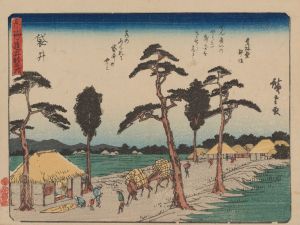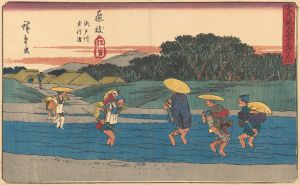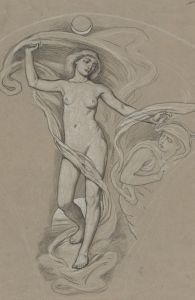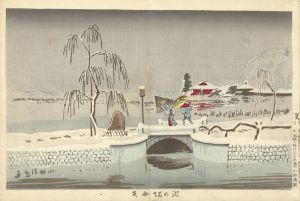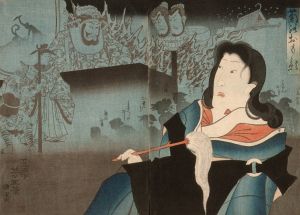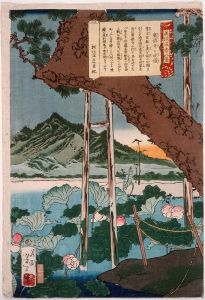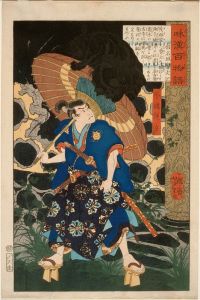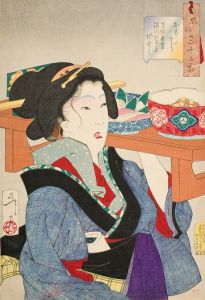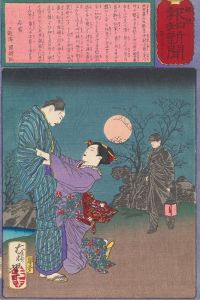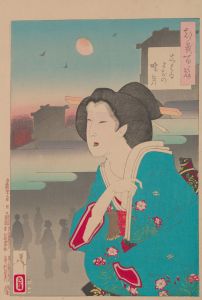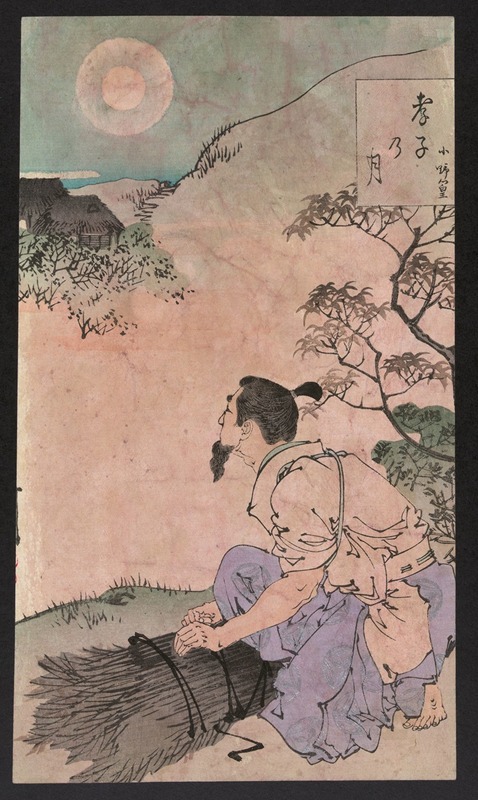
Kōshi no tsuki
A hand-painted replica of Tsukioka Yoshitoshi’s masterpiece Kōshi no tsuki, meticulously crafted by professional artists to capture the true essence of the original. Each piece is created with museum-quality canvas and rare mineral pigments, carefully painted by experienced artists with delicate brushstrokes and rich, layered colors to perfectly recreate the texture of the original artwork. Unlike machine-printed reproductions, this hand-painted version brings the painting to life, infused with the artist’s emotions and skill in every stroke. Whether for personal collection or home decoration, it instantly elevates the artistic atmosphere of any space.
Kōshi no tsuki is a woodblock print by the renowned Japanese artist Tsukioka Yoshitoshi, who is celebrated for his contributions to the ukiyo-e genre during the late Edo and early Meiji periods. Yoshitoshi is particularly noted for his series "One Hundred Aspects of the Moon" (Tsuki hyakushi), which was published between 1885 and 1892. This series is considered one of his masterpieces and reflects his mature style, characterized by a blend of traditional and modern elements.
The print "Kōshi no tsuki" is part of this acclaimed series. The title translates to "Moon of Kōshi," with "Kōshi" referring to the Chinese philosopher Confucius. Yoshitoshi's work often drew upon historical, literary, and mythological themes, and this print is no exception. It is inspired by the life and teachings of Confucius, a figure who has had a profound influence on East Asian culture and philosophy.
In "Kōshi no tsuki," Yoshitoshi captures a scene that reflects the contemplative and philosophical nature associated with Confucius. The print typically features a serene landscape under the moonlight, with Confucius depicted in a moment of reflection or teaching. The moon, a recurring motif in Yoshitoshi's series, symbolizes enlightenment, wisdom, and the passage of time, aligning well with the themes of Confucian thought.
Yoshitoshi's technique in this print, as in others from the series, showcases his skillful use of color, composition, and line work. He was known for his ability to convey emotion and narrative through his art, and "Kōshi no tsuki" is a testament to his mastery of these elements. The print exemplifies the transition in Japanese art during the Meiji period, where traditional methods were infused with new influences and ideas.
The "One Hundred Aspects of the Moon" series, including "Kōshi no tsuki," was produced during a time of significant change in Japan, as the country was opening up to Western influences and undergoing modernization. Despite these changes, Yoshitoshi's work remained deeply rooted in Japanese tradition, while also reflecting the evolving cultural landscape.
Yoshitoshi's prints, including "Kōshi no tsuki," have been highly regarded for their artistic and historical significance. They offer insight into the cultural and philosophical milieu of the time and continue to be studied and appreciated by art historians and enthusiasts around the world. The series is often praised for its innovative approach to storytelling through visual art, and "Kōshi no tsuki" is a notable example of Yoshitoshi's ability to blend narrative depth with aesthetic beauty.
Overall, "Kōshi no tsuki" stands as a significant work within Yoshitoshi's oeuvre, embodying the themes of wisdom and reflection that are central to both the artist's vision and the philosophical legacy of Confucius.





